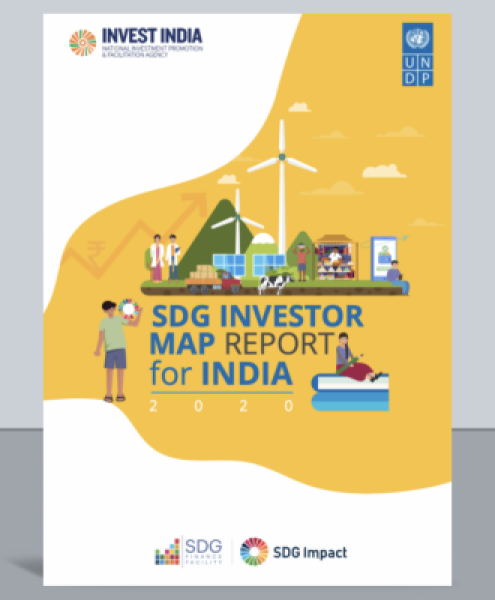XLSX (221kb)
Since the 2000s, India has made remarkable progress in reducing absolute poverty. Between 2011 and 2015, more than 90 million people were lifted out of extreme poverty. However, the COVID-19 pandemic has reversed the course of poverty reduction, at least temporarily. The economic slowdown triggered by the outbreak is believed to have had a significant impact on poor and vulnerable households.
After March 25, 2020, when a national lockdown was implemented, economic activity slowed sharply. As a result, output fell by a whopping 25 percent (year on year) between April and June, the first quarter of the FY21 fiscal year. The informal sector, where the vast majority of India’s labor force is employed, has been particularly affected. As in most countries, the pandemic has exacerbated vulnerabilities for traditionally excluded groups, such as youth, women, and migrants. Real GDP is estimated to have contracted by 8.5 percent in FY21 overall, but it has become positive again in the second half of the year. As growth resumes, poverty reduction is expected to return to its pre-pandemic trajectory.
The response of the Government to the COVID-19 outbreak has been swift and comprehensive. A national lockdown to contain the health emergency was complemented by a comprehensive policy package to mitigate the impact on the poorest households (through various social protection measures) as well as on small and medium enterprises (through enhanced liquidity and financial support).
Source: World Bank, India Country Overview
Please find the India SDG Investor Map narrative report here.
18



Health Care, Renewable Resources and Alternative Energy, Food and Beverage
0.645
How is this information gathered?
SDG Investor Maps employ an 8-step methodology, combining data research and stakeholder consultations to identify Investment Opportunity Areas (IOAs) and potential business models with significant financial and impact potential.
Disclaimer
UNDP, the Private Finance for the SDGs, and their affiliates (collectively “UNDP”) do not seek or solicit investment for programmes, projects, or opportunities described on this site (collectively “Programmes”) or any other Programmes, and nothing on this page should constitute a solicitation for investment. The actors listed on this site are not partners of UNDP, and their inclusion should not be construed as an endorsement or recommendation by UNDP for any relationship or investment.
The descriptions on this page are provided for informational purposes only. Only companies and enterprises that appear under the case study tab have been validated and vetted through UNDP programmes such as the Growth Stage Impact Ventures (GSIV), Business Call to Action (BCtA), or through other UN agencies. Even then, under no circumstances should their appearance on this website be construed as an endorsement for any relationship or investment. UNDP assumes no liability for investment losses directly or indirectly resulting from recommendations made, implied, or inferred by its research. Likewise, UNDP assumes no claim to investment gains directly or indirectly resulting from trading profits, investment management, or advisory fees obtained by following investment recommendations made, implied, or inferred by its research.
Investment involves risk, and all investments should be made with the supervision of a professional investment manager or advisor. The materials on the website are not an offer to sell or a solicitation of an offer to buy any investment, security, or commodity, nor shall any security be offered or sold to any person, in any jurisdiction in which such offer would be unlawful under the securities laws of such jurisdiction.





















